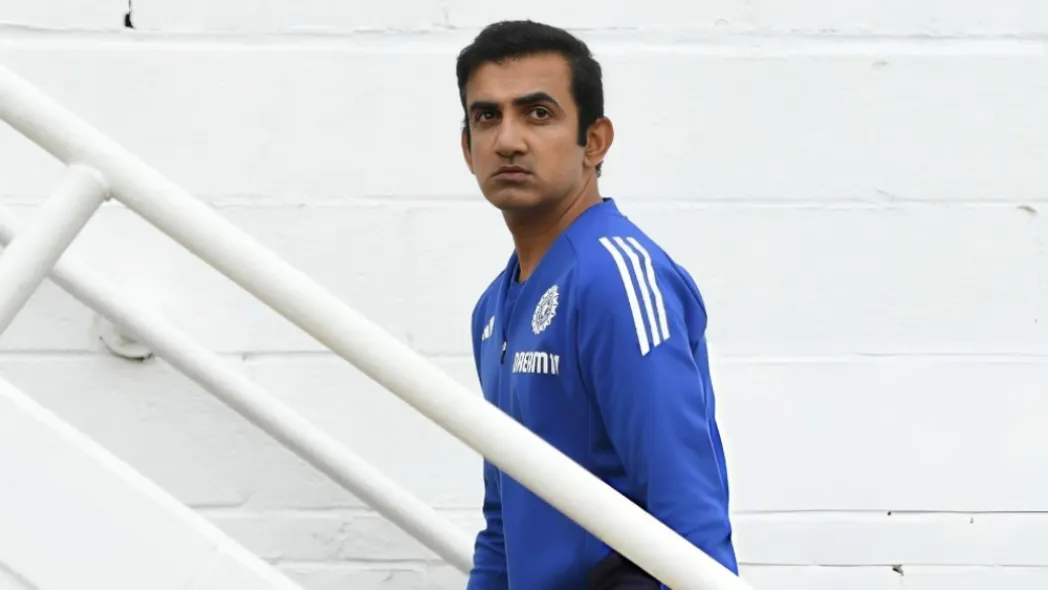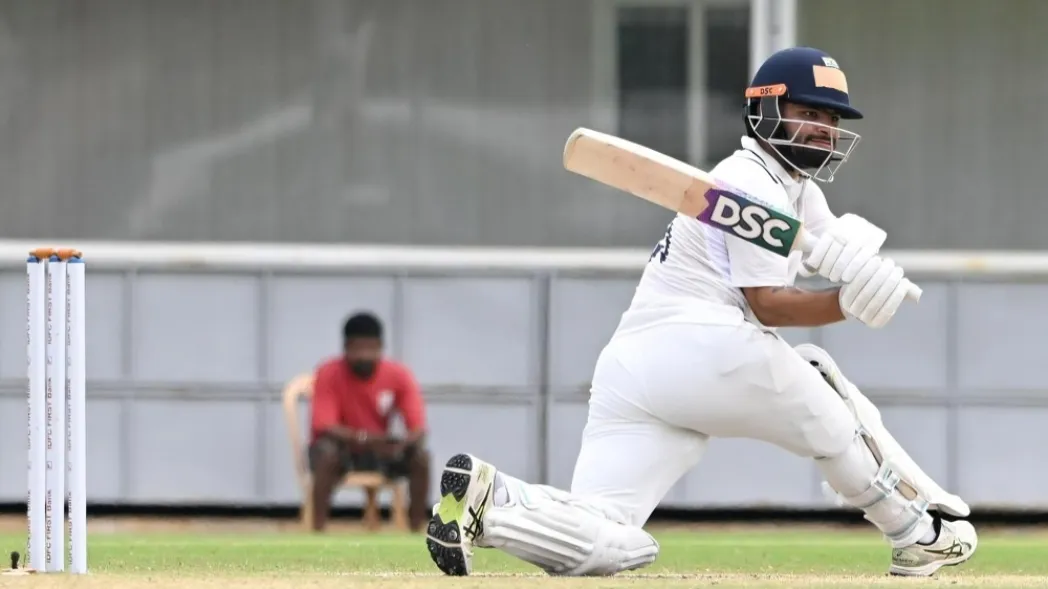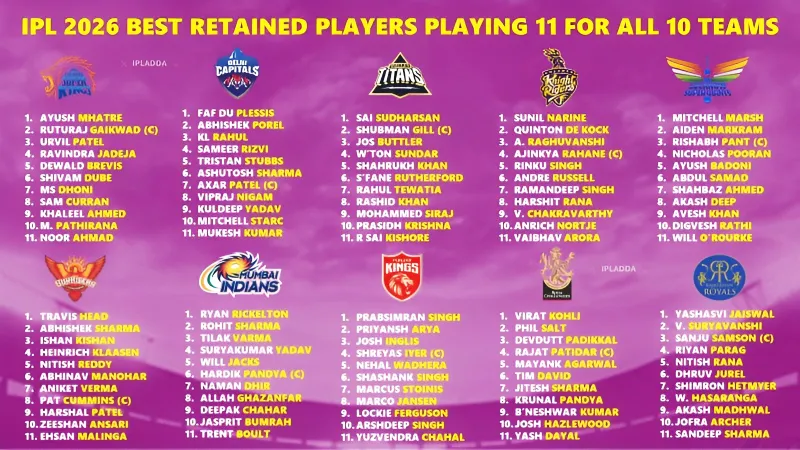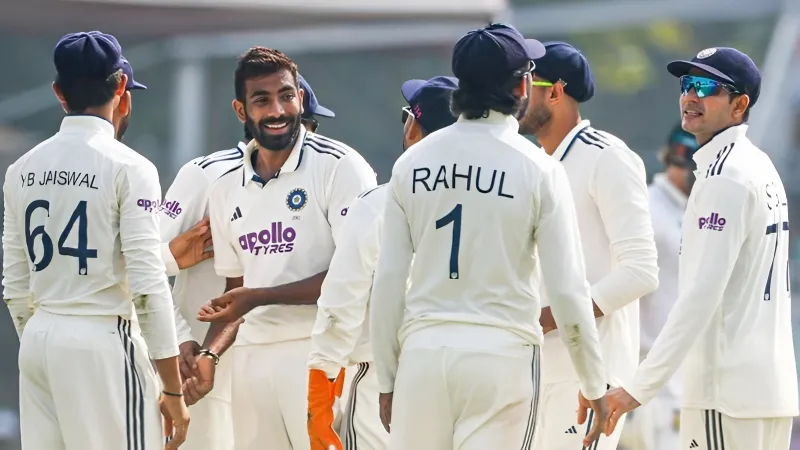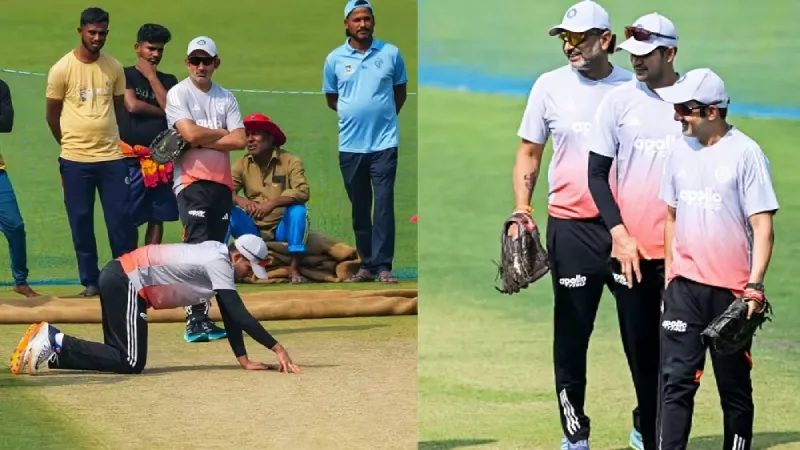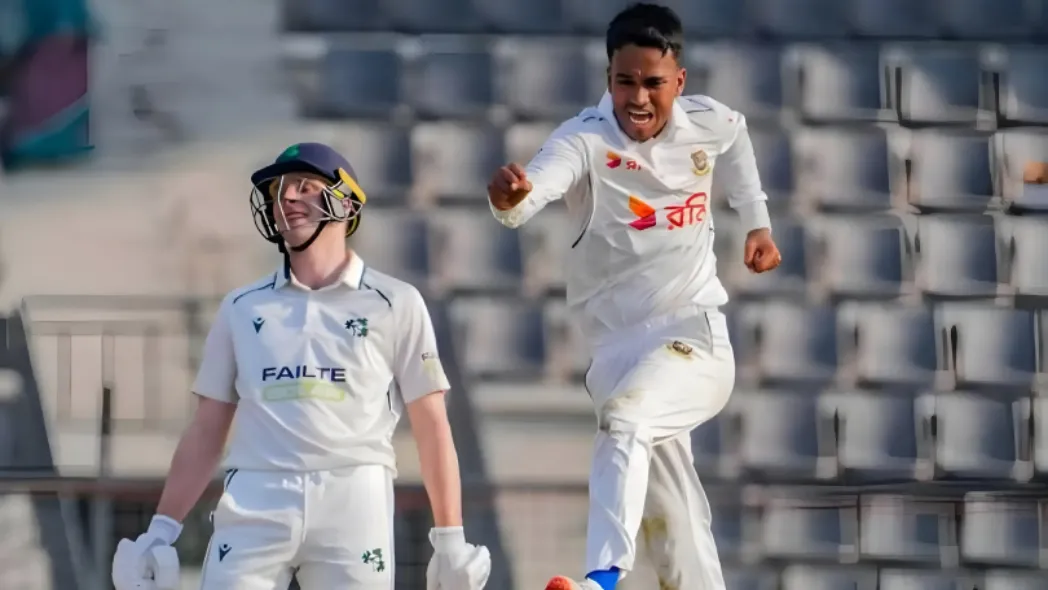Consider this scenario: you’re coming off a hard-fought cricket match in the blazing Dubai sun, every bit of energy sapped, dripping with sweat, and your body desperately craves recovery. Now consider the response— “Great news, you’ll get to do it tomorrow!” That’s the exact case with Bangladesh at the Asia Cup 2025 semifinals in Dubai. With less than 24 hours between matches and in the harsh heat of Dubai, it’s not just an inconvenience— it’s borderline cruel when the team on the other side is Pakistan, a team full of form and confidence; it makes the quick turnaround equal to a big loss for the Tigers.
The Body Can Only Take So Much
Cricket may not look like a marathon from the couch, but out there, it’s physically punishing. Long spells in the field, sprints between wickets, and the relentless mental focus—it adds up. Add Dubai’s unforgiving heat, and recovery becomes twice as hard. Players need at least 48 hours to bounce back, both physically and mentally. Bangladesh, though, barely had 20.
Think about it: eight of their players had to roll out of bed and play another do-or-die match without proper rest or recovery. Muscle fatigue, dehydration, and mental fog creep in under such conditions. No matter how much ice bath therapy or protein shakes you throw at them, the body simply isn’t wired to recover that fast. That’s where Pakistan has the edge: better rested, better prepared, and not carrying the fatigue baggage Bangladesh is lugging around.
Missing Pieces and Calculated Gambles
The fresh legs can help, but the backbone of the team—the fighter who is drained after not stopping (scratching) all day—will be running on fumes. And the reality is that the game is not about the few superstars. The game is about the working unit that cracks the game together. If half of your team has half their mind asleep, it won’t matter how great your captain’s tactical decisions are or how brilliant your spinners are.
Pakistan, on the other hand, has no such dilemmas. Their squad looks balanced, their fast bowlers are in rhythm, and their spinners are finding form again. They don’t need to gamble with rest-and-rotate strategies. Bangladesh, meanwhile, is juggling between “who’s fresh enough” and “who can we risk dropping.” That’s not exactly the mindset you want heading into a semifinal.
Spin vs Pace: The Tactical Tug-of-War
Here’s where it gets even trickier. Pakistan is statistically the weakest side against spin in this tournament. That should be music to Bangladesh’s ears, right? Well, normally yes—but there’s a catch. Bangladesh hasn’t fielded three spinners in Dubai so far, and doing so now would be a gamble.
On paper, going spin-heavy makes sense. The heat helps the ball grip, Pakistan’s record against spin isn’t flattering, and young Rishad Hossain looks like a star in the making. But the risk? Bangladesh is notoriously fragile against pace. And Pakistan’s pace attack—Shaheen Shah Afridi and Haris Rauf leading the charge—isn’t exactly the kind you want to test with tired batters. It’s a tactical dilemma that Bangladesh has to solve while running on fumes. Not ideal.
FAQs
1. Why is the quick turnaround a big disadvantage for Bangladesh?
Because less than 24 hours of recovery in Dubai’s heat leaves players physically and mentally exhausted.
2. Which players did Bangladesh rest to stay fresh for the semifinal?
They rested Litton Das, Taskin Ahmed, and Mahdi Hasan.
3. How does Pakistan gain an edge over Bangladesh in this scenario?
Pakistan is better rested, balanced, and not carrying fatigue from back-to-back games.
For more, visit JeetBuzz News to read our quality Cricket Blog updates. Explore if you want to reminisce and enjoy all of your favourite cricket players and nostalgic match moments. To ensure that you never miss out, keep updated and join in the fun!




































































































































